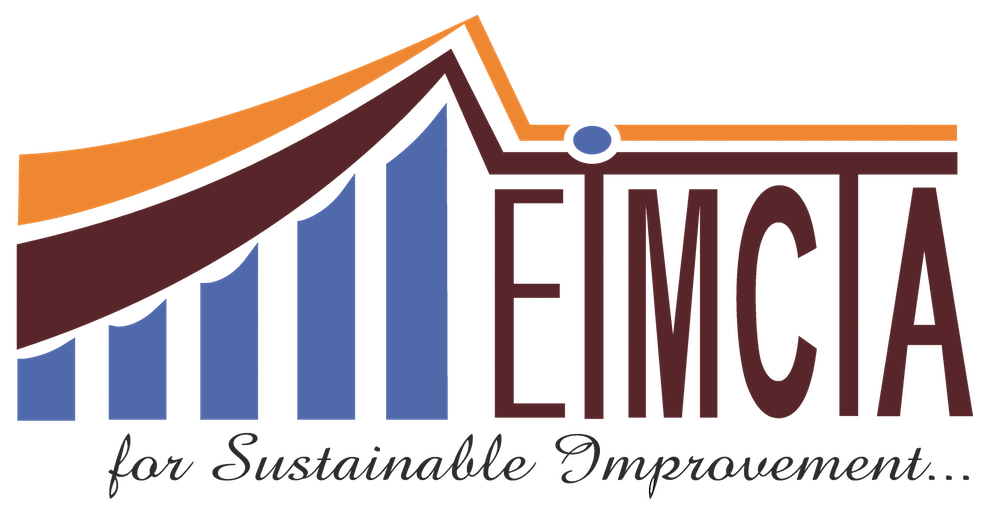HSE (Health, Safety, and Environment) requirements in technical bid/tender documents play a critical role in ensuring that projects are executed safely and in compliance with relevant regulations. Here are some key components typically included in HSE sections of bid/tender documents:
Introduction: An overview of the project and the importance of HSE considerations in its execution. This section may outline the clients commitment to HSE and expectations from bidders regarding safety performance.
HSE Policy and Objectives: A statement of the clients HSE policy and objectives, emphasizing the importance of maintaining a safe work environment, preventing accidents and incidents, and minimizing environmental impact.
Legal and Regulatory Requirements: A summary of applicable HSE laws, regulations, and standards that bidders must comply with during project execution. This may include occupational health and safety regulations, environmental protection laws, and industry-specific requirements.
HSE Management System: Requirements for implementing an HSE management system (e.g., ISO 45001 for occupational health and safety, ISO 14001 for environmental management) to identify, assess, and control HSE risks throughout the project lifecycle.
HSE Plans and Procedures: Expectations for developing comprehensive HSE plans and procedures tailored to the project scope, including risk assessments, emergency response plans, incident reporting protocols, and contractor management procedures.
Training and Competency: Requirements for ensuring that personnel involved in the project receive appropriate HSE training and possess the necessary competencies to perform their duties safely. This may include certifications, licenses, and ongoing training programs.
Safety Equipment and Personal Protective Gear: Specifications for the provision and use of safety equipment, personal protective gear, and safety signage to mitigate workplace hazards and protect personnel from injury or exposure to harmful substances.
Environmental Protection Measures: Measures to minimize the projects environmental footprint, such as pollution prevention measures, waste management strategies, biodiversity conservation plans, and monitoring requirements.
Health and Hygiene Standards: Requirements for maintaining high standards of occupational health and hygiene, including provisions for clean drinking water, sanitary facilities, ventilation systems, and medical surveillance programs.
HSE Performance Monitoring and Reporting: Expectations for monitoring and reporting HSE performance metrics throughout the project, including leading and lagging indicators, incident statistics, near-miss reporting, and corrective actions.
Compliance Assurance: Procedures for auditing and verifying compliance with HSE requirements, including internal audits, third-party inspections, and documentation of corrective actions.
HSE Responsibilities and Accountabilities: Clarification of roles, responsibilities, and accountabilities for HSE management at various levels within the project organization, including the client, contractors, subcontractors, and suppliers.
